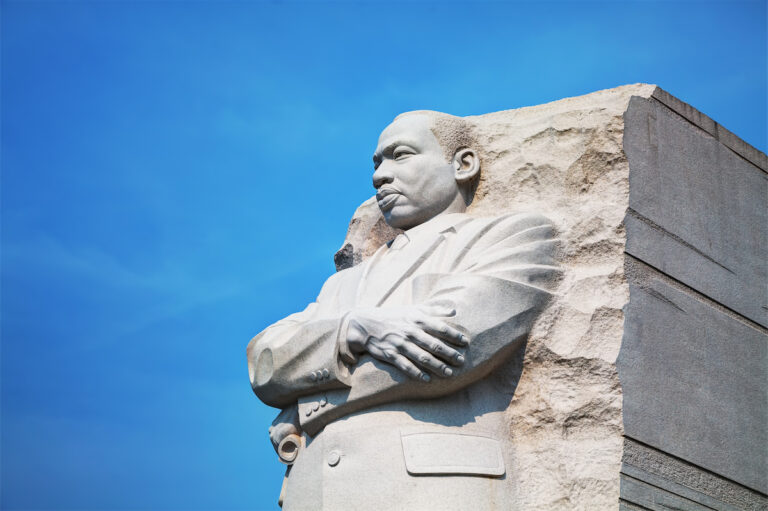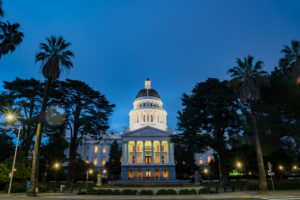Orange County Register: A return to our common humanity

The civil rights movement once emphasized our common humanity — what we all share rather than what divides us.
Sadly, the modern progressive movement has lost this guiding star and now seems captivated by shallow differences that overshadow what we share. This trend does not promise genuine equality. It only heightens the growing sense that humanity is hopelessly divided into opposing teams, where politics become a zero-sum game of winning spoils for your side. We must again embrace the great truth of our common humanity if we hope to achieve true equality.
Talk about race has veered toward us-versus-them absolutism. In schools and companies across the country, training and curriculum teach that one skin color is the oppressor, the other skin color is the oppressed. One skin color is the debtor, the other skin color is the creditor. One skin color should listen, the other skin color controls the lectern. Whites are a monolithic abstraction, while people of color bring vibrancy and diversity. More meaningful factors such as income, culture, or education take a backseat to the shallowest trait of all — skin color. This vision does not promise harmony or progress, only an endless war.
This is not how early champions of civil rights viewed matters. Martin Luther King Jr. fought for equality by calling upon the brotherhood of mankind: “We may have all come on different ships, but we’re in the same boat now.” Pauli Murray, a queer black civil-rights activist, put the civil-rights fight in similar terms: “When my brothers try to draw a circle to exclude me, I shall draw a larger circle to include them. Where they speak out for the privileges of a puny group, I shall shout for the rights of all mankind.” Unfortunately, the heirs of this movement now draw battle lines, not circles.
My father, Win Blevins, a white man who writes books about Native Americans, had an experience that underscores the need for the “larger circle.” At a book signing, he read a passage from his novel Stone Song about the life of Crazy Horse. Crazy Horse had returned from a hunt to learn his daughter had died. He rode into the woods to find her body, elevated on a platform and wrapped in blankets in traditional Sioux fashion. He climbed up to lie beside her and sang a song to help her along the way.
After the reading, a woman in the audience issued a challenge that my father had heard often in his career: “How can a white man know how a Native American feels when his child dies?” He geared up for a thorough answer to a fair question, beginning: “First, let’s imagine he’s a human being.” Then he paused for a long moment. “Actually, I think that’s a complete answer.”
Yet “antiracist” thinkers teach that races cannot understand each other. That children should not be taught by teachers who do not share the same skin color. That discrimination today is essential to fixing discrimination in the past. That one race is the problem, the burden that other races must overcome.
While few would be so frank (though some are), this amounts to a view that one race is evil, the others virtuous. This trite view of mankind calls to mind Alexander Solzhenitsyn’s insight into good and evil: “If only it were so simple! If only there were evil people somewhere insidiously committing evil deeds, and it were necessary only to separate them from the rest of us and destroy them. But the line dividing good and evil cuts through the heart of every human being.” Too many insist on carving the battle lines between us rather than focusing on the battle line inside each of us.
My father understood how a grieving Crazy Horse might feel because he is a father, too. We understand each other through our shared griefs, joys, passions and experiences that transcend race. We build bridges as we focus on the truths common to all of us. And bridges are what we need — not battle lines. Bridges are harder than lines and take empathy, listening, and work.
Our nation’s enduring struggle for racial equality needs a vision that acknowledges the whole person and embraces shared truth. The answer is common humanity. That answer may not be as simple as a graphic that charts groups along an oppressor-oppressed axis. But it is a complete answer.
This op-ed was originally published by The Orange Country Register on July 2, 2022.







